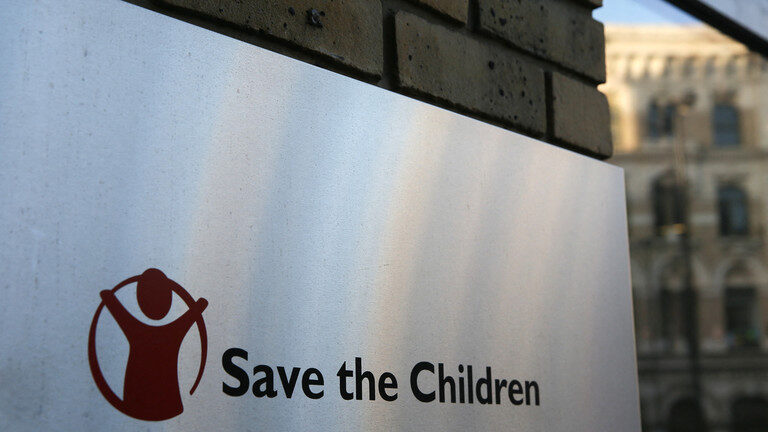Save the Children was established in the aftermath of the First World War by Eglantyne Jebb and Dorothy Buxton, two sisters from England who had been appalled by the impact of British government policy on children across Europe. The war may have been over, but the Royal Navy maintained a blockade of Germany until it signed the Treaty of Versailles. In cities like Berlin and Vienna, children were starving.
In 1919, Jebb was arrested and convicted for distributing leaflets bearing shocking images of malnourished children. A hundred years later, their campaign has grown into a massive NGO with an annual turnover approaching £300 million. Enjoying royal patronage, it is now part of the British establishment. In the 2020 annual report, Princess Anne wrote, "I thank you for everything you have done for children this year."
Maybe Princess Anne should ask them about their campaign for Pride Month? Earlier this week, they shared some tips about how to raise a "transgender child."
Judging by the video clip, Save the Children has been captured by transgender ideology - the idea that men and women are defined not by their sex but by some soul-like gender identity. With reckless abandon, they extend this idea to children.
The lack of critical analysis is breathtaking. Each slide could and should have been pulled apart.
- There is no need to pigeonhole children as 'transgender'. We should let them be.
- Gender is not assigned at birth; sex is observed and recorded - sometimes before birth.
- Identifying as the opposite sex does not mean we are the opposite sex.
- Girls can have short hair; it's fine!
- Why do we need to validate feelings? What does it even mean to validate feelings?
- We are all vulnerable to the reactions of others, and all parents can help their children to respond constructively.
- When puberty looms, who is taking the decisions?
"As we move forwards and puberty looms, there will be problems to solve and decisions to take."
These are problems of the parents' making. The decision they should be making for their child is to return to reality. Despite their professed "moments of grief," they still have a daughter. She never left. Girls can be masculine - they can cut their hair short, they can take a preferred name usually adopted by boys, they can climb trees and play football - and that is fine. But they are still female.
But rather than celebrate the diversity of humanity within each sex, Save the Children uses this family's story to perpetuate the lie that girls can become boys. Worse, gender non-conforming children, and their parents, may get the impression that girls need to become boys to express their masculinity. The video ends with a link to Mermaids UK, an organisation that promotes puberty blockers, drugs that stunt natural development and lead to profound and irreversible damage.
This is the same organisation that - rightly - condemns female genital mutilation. Their country director for Sudan said, "FGM is not only a violation of girl's rights, it has serious consequences for a girl's physical and mental health."
Why is the mutilation that results from puberty blockers, cross-sex-hormones, double mastectomies - for girls whose breasts developed before they started treatment - and gender reassignment surgery any different? Abuse is abuse.
Who told Save the Children that seven-year-olds have a gender identity that trumps their biological sex, and - more importantly - why did the charity believe them? Gender identity can be neither proved nor falsified, and it is not needed to explain transsexualism. I know that as a trans person who transitioned as an adult.
The fact that I am unhappy with my sex does not mean I am the opposite sex; I am simply unhappy with it. Further, I know that it is possible to be reconciled to my sex. That delivered peace and contentment within my own skin that I never experienced when I thought I was some sort of woman. These children's lives are being built on folly, and that is no way for anyone to start out in life. Lies can never satisfy in the same way.
A hundred years ago, Eglantyne Jebb campaigned against policies that harmed children. Her modern successors are actively promoting harm.
Debbie Hayton is a high school teacher and trade union officer. She teaches science to 11-18-year-olds at a school in central England. As a transgender person, she has written extensively about what it means to be trans and how trans people can be included in society without compromising the rights of other vulnerable groups. Her work can be read in publications from across the political spectrum, where rational scientific debate is allowed and encouraged. Follow her on Twitter @DebbieHayton




There's also to be a Bribem offshoot: 'Bathe The Children.'
R.C.